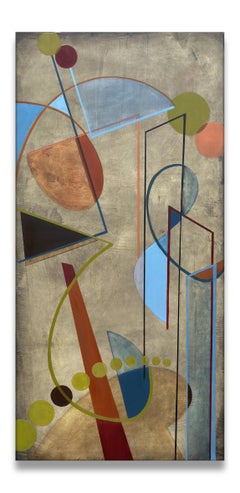Antonio Carreno Art
Antonio Carreno was born in 1963 in Santo Domingo, Dominican Republic. Carreno is an abstract painter, whose work has received accolades nationally. He was born and educated in the Dominican Republic, where he gained his academic background at the National School of Fine Arts. He has exhibited nationally for over 30 years and is in many public and private collections, including Arizona State University, Dillard University, Museum of Modern Art, Santo Domingo, Dominican Republic and the Latin American Museum of Modern Art, Washington, DC.
Early 2000s Abstract Antonio Carreno Art
Paper, Mixed Media
2010s Abstract Expressionist Antonio Carreno Art
Canvas, Oil
21st Century and Contemporary Abstract Antonio Carreno Art
Oil
1970s Abstract Geometric Antonio Carreno Art
Oil
2010s Abstract Geometric Antonio Carreno Art
Oil, Wood Panel
2010s Abstract Geometric Antonio Carreno Art
Canvas, Oil
1960s Abstract Antonio Carreno Art
Canvas, Oil
21st Century and Contemporary Abstract Expressionist Antonio Carreno Art
Canvas, Oil
21st Century and Contemporary Abstract Expressionist Antonio Carreno Art
Canvas, Oil, Acrylic
1980s Abstract Expressionist Antonio Carreno Art
Mixed Media, Handmade Paper, Monoprint
2010s Abstract Antonio Carreno Art
Plexiglass, Mixed Media, Handmade Paper
21st Century and Contemporary Abstract Expressionist Antonio Carreno Art
Canvas, Oil
21st Century and Contemporary Abstract Antonio Carreno Art
Oil
21st Century and Contemporary Abstract Antonio Carreno Art
Canvas, Oil
2010s Abstract Expressionist Antonio Carreno Art
Canvas, Oil, Stretcher Bars




